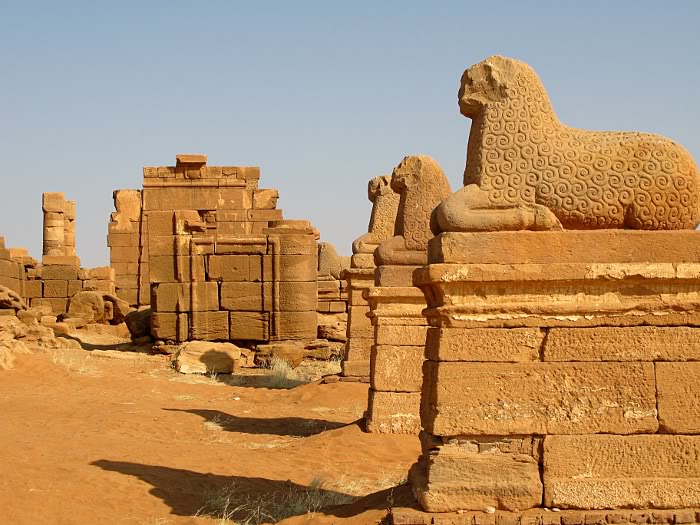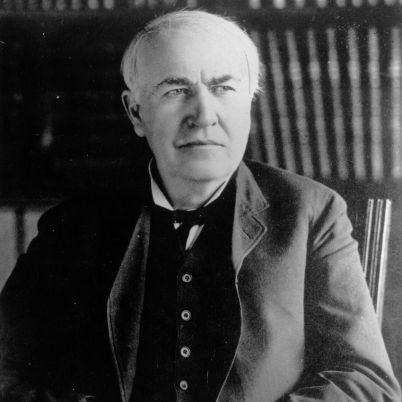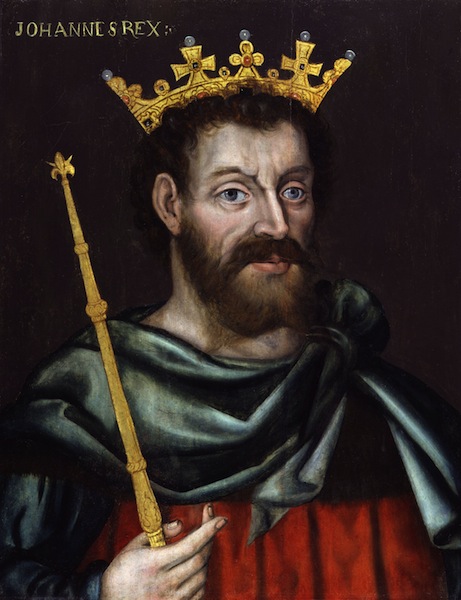Antiquities, nearly always used in the plural in this sense, is a term for objects from Antiquity, especially the civilizations of the Mediterranean: the Classical antiquity of Greece and Rome, Ancient Egypt and the other Ancient Near Eastern cultures. Artifacts from earlier periods such as the Mesolithic, and other civilizations from Asia and elsewhere may also be covered by the term. The phenomenon of giving a high value to ancient artifacts is found in other cultures, notably China, where Chinese ritual bronzes, three to two thousand years old, have been avidly collected and imitated for centuries, and the Pre-Columbian cultures of Mesoamerica, where in particular the artifacts of the earliest Olmec civilization are found reburied in significant sites of later cultures up to the Spanish Conquest.[1]
Definition
The definition of the term is not always precise, and institutional definitions such as museum “Departments of Antiquities” often cover later periods, but in normal usage Gothic objects, for example, would not now be described as antiquities, though in 1700 they might well have been, as the cut-off date for antiquities has tended to retreat since the word was first found in English in 1513.[2] Non-artistic artifacts are now less likely to be called antiquities than in earlier periods. Francis Bacon wrote in 1605: “Antiquities are history defaced, or some remnants of history which have casually escaped the shipwreck of time”.[3]
The art trade reflects modern usage of the term; Christie’s “Department of Antiquities” covers objects “from the dawn of civilization to the Dark Ages, ranging from Western Europe to the Caspian Sea, embracing the cultures of Egypt, Greece, Rome and the Near East.”[4] Bonhams use a similar definition: “…4000 B.C to the 12th Century A.D. Geographically they originate from Egypt, the Near East and Europe …” [5] Official cut-off dates are often later, being unconcerned with precise divisions of art history, and using the term for all historical periods they wish to protect: in Jordan it is 1750,[6] in Hong Kong 1800, and so on.
The term is no longer much used in formal academic discussion, because of this imprecision. Most, but not all, antiquities have been recovered by archaeology. There is little or no overlap with antiques, which covers objects, not generally discovered as a result of archaeology, at most about three hundred years old, and usually far less.
History
The sense of antiquitates, the idea that a civilization could be recovered by a systematic exploration of its relics and material culture, in the sense used by Varro and reflected in Josephus’ Antiquities of the Jews was lost during the Middle Ages, when ancient objects were collected with other appeals, the rarity or strangeness of their materials or simply because they were thought to be endowed with magical or miraculous powers.[7] Precious cameos and other antique carved gems might be preserved when incorporated into crowns and diadems and liturgical objects,[8] consular ivory diptychs by being used as gospel covers. Roman columns could be re-erected in churches.[9] sarcophagi could receive new occupants and cinerary urns could function as holy water stoups. Sculptural representations of the human form, feared and reviled as “idols” could be rehabilitated by reidentifying their subjects: the equestrian bronze Marcus Aurelius of the Campidoglio was respected as a representation of the Christian emperor Constantine, and in Pavia the Regisole acquired a civic role that preserved it. In Rome the Roman bronze Spinario was admired for itself by the guidebook writer Magister Gregorius. The classicism of the Carolingian renaissance was in part inspired by appreciation of Late Antique manuscripts: the Utrecht Psalter attempts to recreate such a Late Antique original, both in its handwriting and its illustrations.[10]
Illegal trade
The Euphronios krater has been returned to Italy by the Metropolitan Museum
The export of antiquities is now heavily controlled by law in almost all countries and by the 1970 UNESCO Convention on the Means of Prohibiting and Preventing the Illicit Import, Export and Transfer of Ownership of Cultural Property,[11] but a large trade in Illicit antiquities has resulted. The Euphronios krater is an apparent example that has come to light.[12] Forgers have long been active in the field, as the Etruscan terracotta warriors, the Persian Princess,[13] the “Bronze Statue of a Victorious Youth at the Getty”,[14] and the Getty kouros show. A more contemporary example is the illegal trade in Kigango statues which are carved wooden grave markers produced in modern Kenya and sold into international art markets.
Antiquary
An antiquary was originally someone concerned with antiquities, and John Leland was appointed the “King’s Antiquary” by Henry VIII, but in modern usage the term is mostly associated with antiquarian books – a category even less precisely defined than antiquities.
Credit:
wikipedia




![The First Phone Call [Video]](https://gaukantiques.com/wp-content/uploads/2013/03/alexander_graham_bell_500px.jpg)






